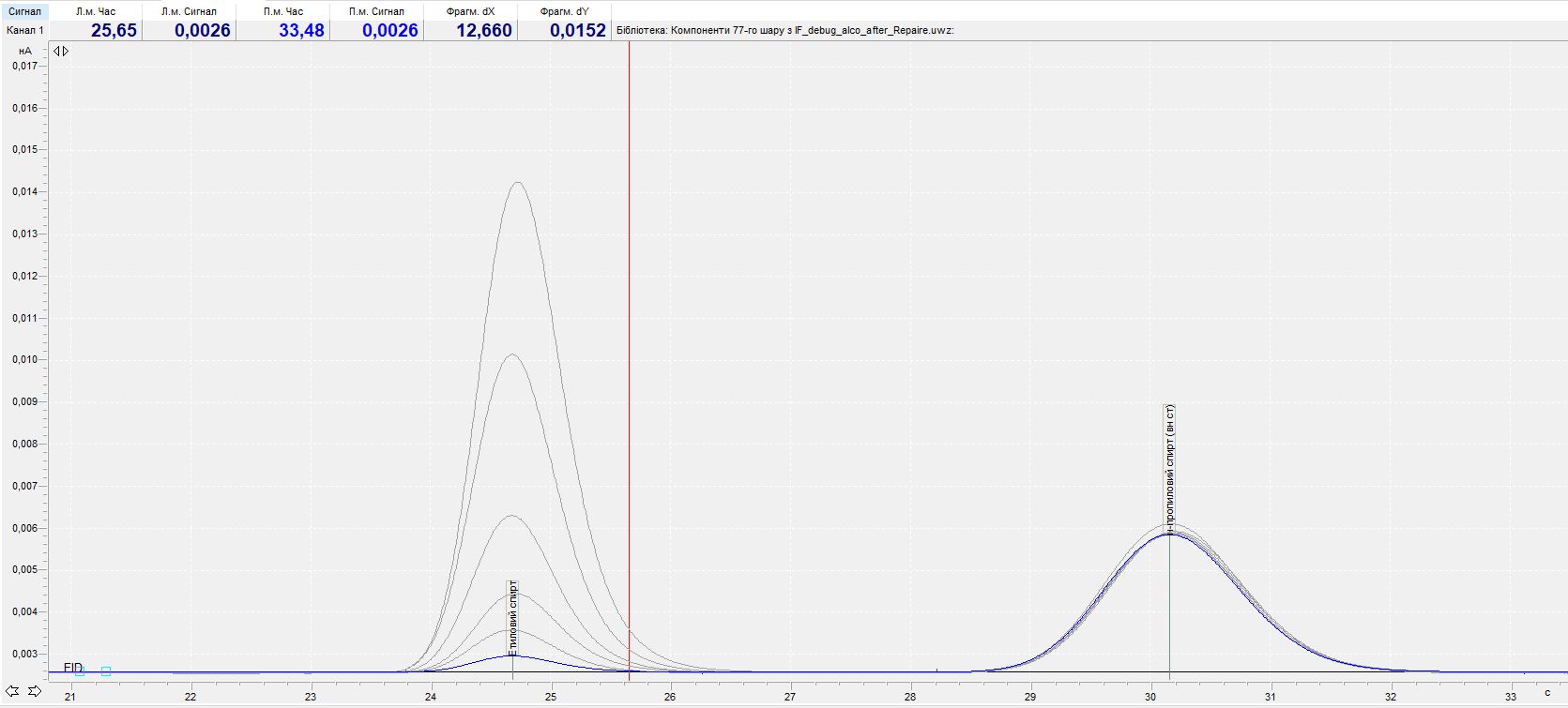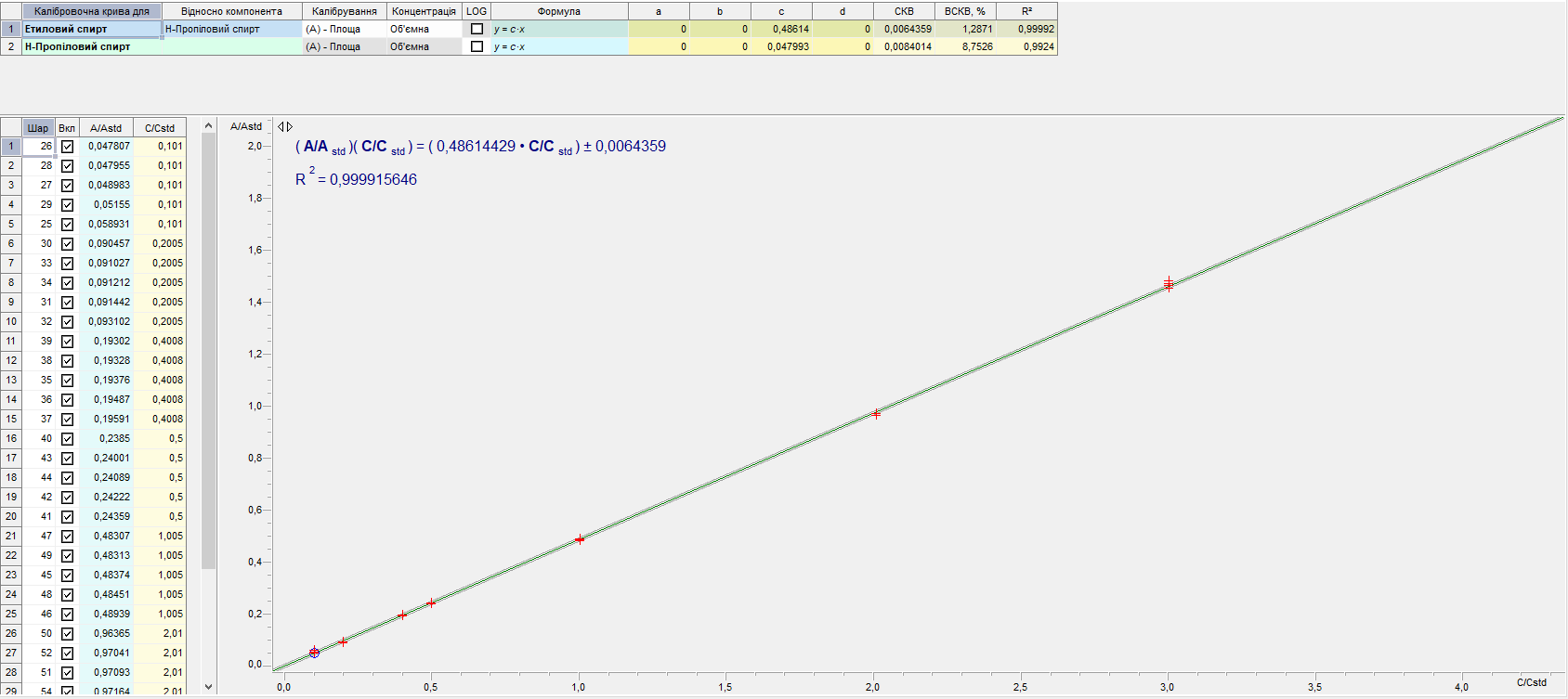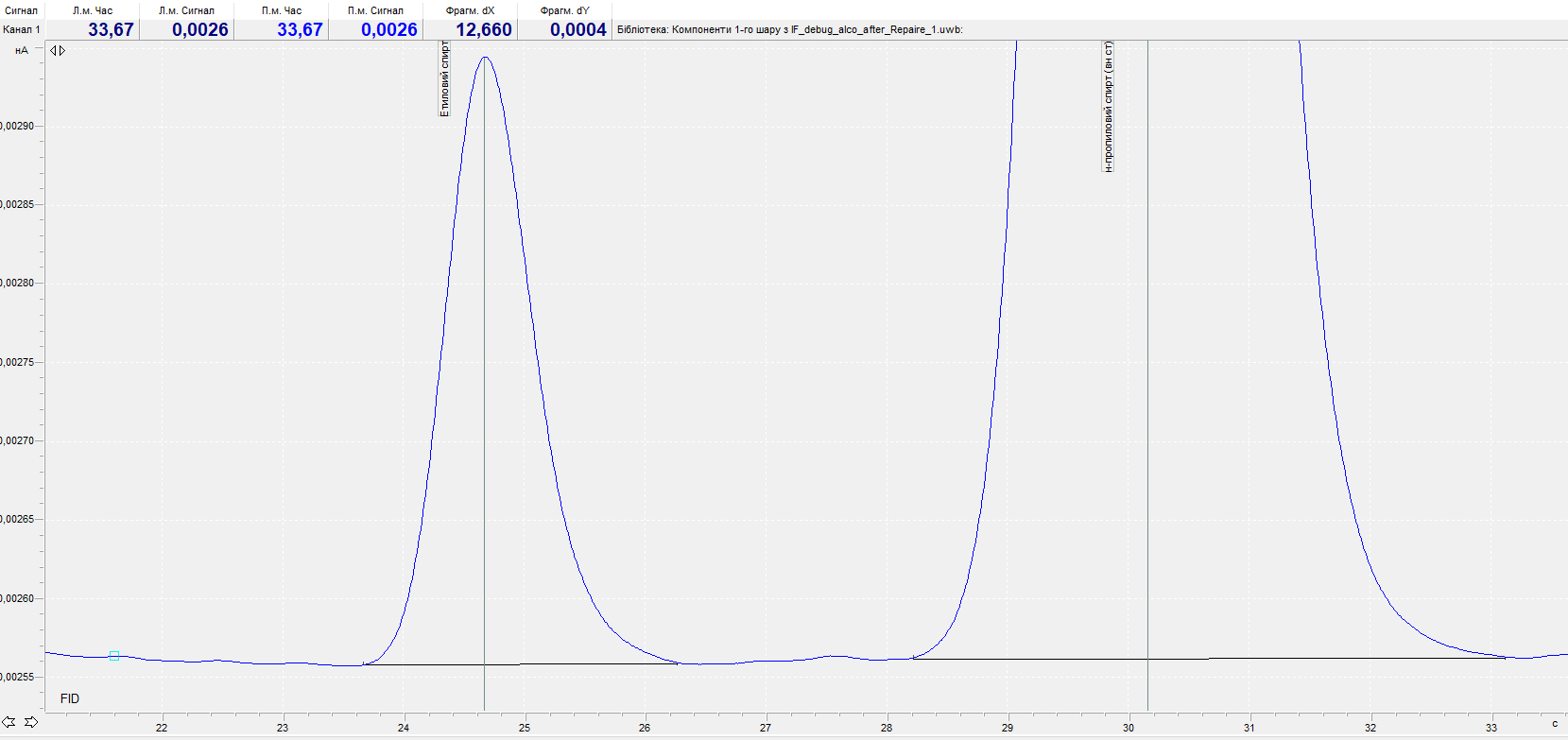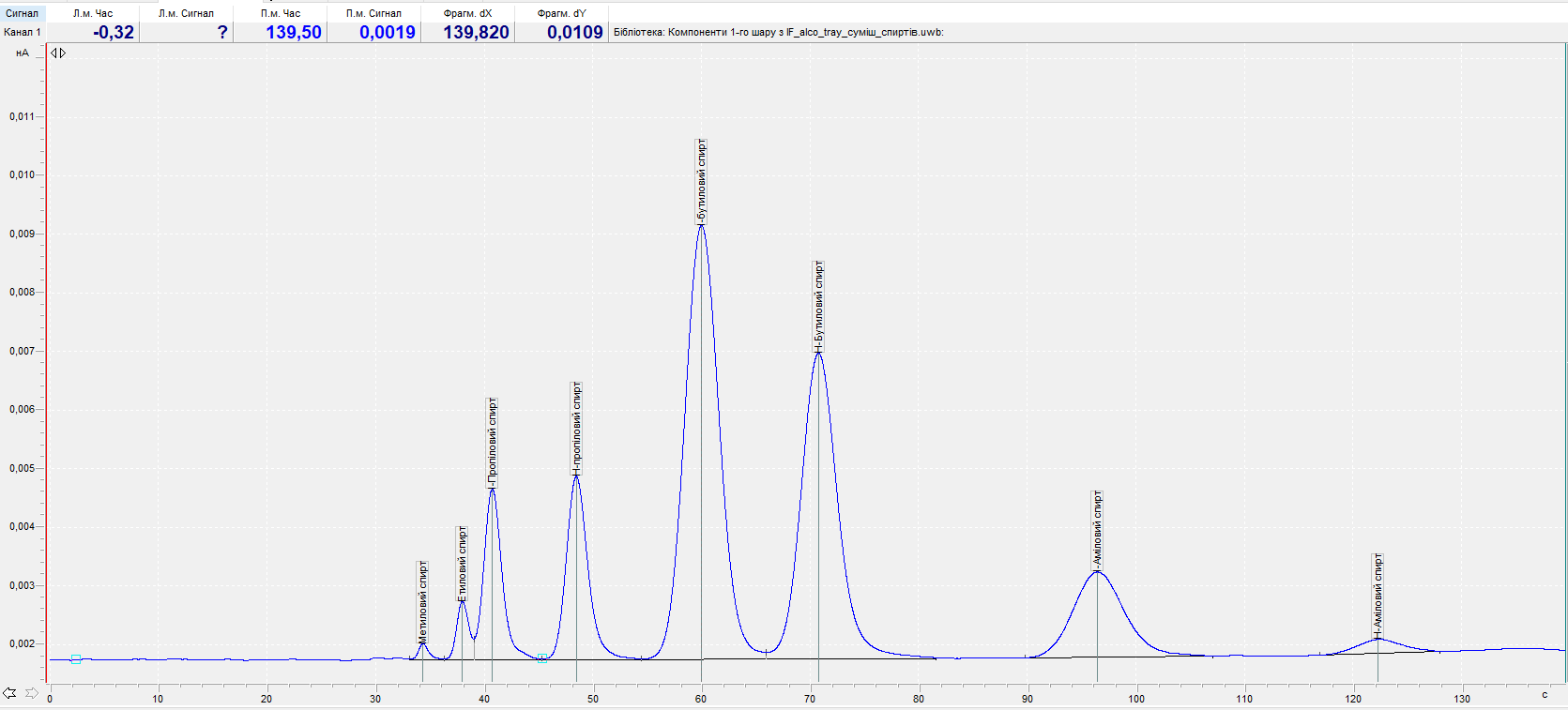Company
Partnership
Production/Services
Turnkey solutions
Analytical complex NeoCHROM-ALCO
Лаборатория
FAQ & HOWTO
Partnership
Production/Services
Turnkey solutions
Analytical complex NeoCHROM-ALCO
Лаборатория
FAQ & HOWTO
Updates
Site
PartnershipAnalytical complex NeoCHROM-ALCO
Gas Generators for Chromatography
Address
Mission
Doc
Determination of bile acid conjugatesОпределения концентрации мышьяка в тетрахлориде титана
Фотометрическое определение формальдегида
Доклад декадник СМЭ (25.05.15-27.05.15). Харьковская медицинская академия последипломного образования.
Neochrom-ALCO Chromatograph
Chromatographic Complex Neochrom-ALCO is designed for the study of biological fluids to detect alcohol consumption
The determination of ethanol and other psychoactive substances is carried out by chromatographic analysis of alcohol in biological fluids (blood, urine, etc.), or by an express method – analysis of exhaled air (for alcohol).
Today, rapid tests are more commonly used to detect or disprove the consumption of psychoactive substances or alcohol, but they cannot be used as evidence in criminal proceedings, for example.
For this, confirmatory studies are needed, which are more thorough, lengthy, and require specific equipment.
Gas chromatographs using headspace gas chromatography (HS-GC) analysis are analytical tools used for alcohol component analysis in blood (BAC) in biological fluids.
The accuracy of the analysis is important due to legal issues. Analysis speed, sample throughput, reagent toxicity, and cost-effectiveness are additional concerns for high-throughput laboratories.
In the laboratories of the Ministry of Health of Ukraine, the alkyl nitrite method has been used for several decades to analyze alcohol in blood.
It involves derivatization, that is, the formation of volatile alcohol derivatives when reacting with sodium nitrite in an acidic medium (in the presence of trichloroacetic acid) and subsequent analysis on a chromatograph with a packed column and a thermal conductivity detector.
The significant drawbacks of this method are its toxicity, low resolution of the packed column, and low detector sensitivity, which necessitate using large volumes of the vapor-phase sample (1 cm3).
The Neochrom team offers solutions for alcohol, aliphatic alcohols, and other psychoactive narcotic substance analysis in human biological environments using domestic gas chromatographic complexes NeoCHROM produced in-house.
The proposed method was first presented at the forensic expert decade conference held from 25.05.15 to 27.05.15 at the Kharkiv Medical Academy of Postgraduate Education.
The method was improved and refined with input from our colleague – the head of the Department of Forensic Toxicology at the Main Bureau of Forensic Medical Examination of the Ministry of Health of Ukraine – Mr. Felix KAHANOVSKY and his team,
as outlined in the methodological guidelines 'Determination of Ethyl Alcohol and Detection of Other Aliphatic Alcohols C1-C5 in Biological Samples Using Gas Chromatography of Equilibrium Vapor Phase,' Kyiv 2014.
Since the use of other measuring instruments and devices is allowed, we have made certain improvements and simplifications that do not fall short of the original in terms of metrological and technical characteristics.
We offer direct vapor-phase analysis of the equilibrium vapor phase without derivatization using an automatic sampler (autosampler) with a controlled thermostatic tray for vials (containers for biological samples).
The method's principle lies in analyzing the equilibrium vapor formed under controlled conditions on the NeoCHROM chromatograph with a flame-ionization detector (FID). The sample is taken from the thermostated vial and introduced by the autosampler into the chromatograph's injector. The entire process – from vapor-phase sample collection to obtaining the chromatogram and report – is automated. Our specialists configure the data processing program according to the client's forms.
The alcohol (ethanol) analysis process can be outlined as follows (briefly).
- Inserting the sample/biomaterial into a 2 cm3 vial
- Adding a solution of the internal standard (n-propanol) to the vial with the biomaterial.
- Placing the vials (up to 100 pieces) in the autosampler tray and allowing them to equilibrate for a certain minimal time (usually 5-10 minutes) until the required temperature is reached (usually 30-40°C).
- Starting the program and receiving the protocol.

The correlation coefficient of the calibration curve is 0.9999 .


This method has high sensitivity – the detection limit is 0.01 promille. The results show high reproducibility.
Advantages of our solution based on the NeoCHROM chromatograph.
- High quality. The warranty for products under the NeoCHROM brand is 7 years with annual maintenance. We have our own certified 17025 laboratory with instruments available for use during repairs or maintenance.
- Low dependency on human factors. Automatic sample introduction.
- Modern approach. Use of a capillary column that provides higher resolution compared to packed columns.
- Speed. One analysis takes less than 40 seconds.
- Convenience. No derivatization stage and simple sample preparation (weighing the sample and preheating vials for 5 minutes).
- Sensitivity. Significantly lower detection limits compared to the alkyl nitrite method.
- Economy. Lower total cost of ownership compared to foreign analogs.
The chromatograph for alcohol determination can also be used to determine volatile technical organic compounds without any modification or column change.

For drug analysis, it is advisable to use a mass spectrometric detector, which allows for the identification of components using mass spectrum libraries in combination with retention indices. However, for quantitative analysis, GC-FID or GC-MS should be used with reference standards with known substance content.